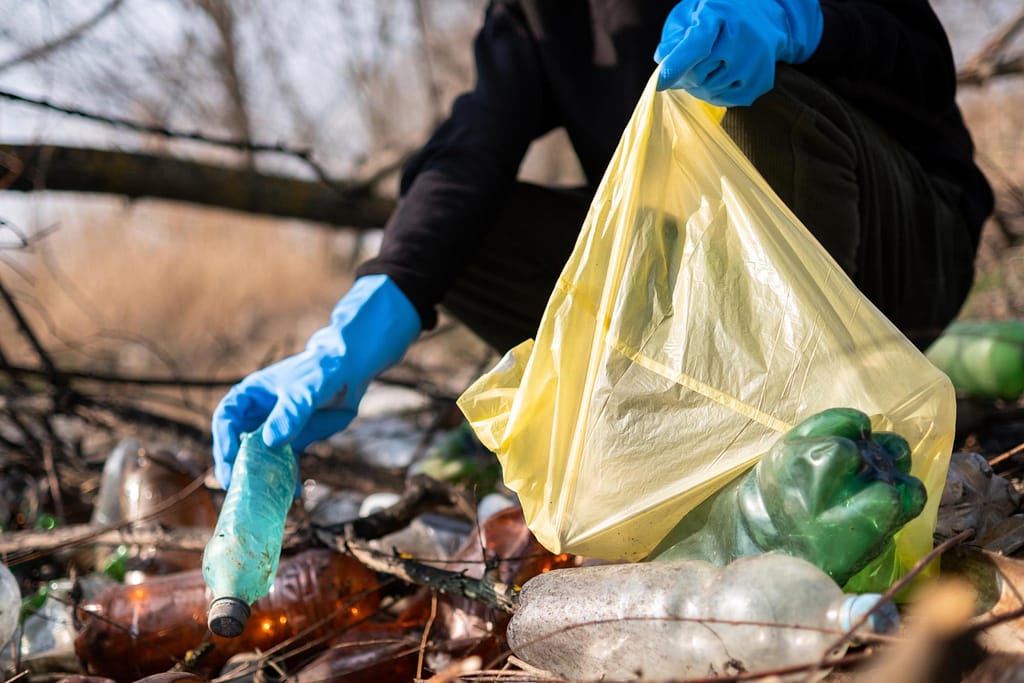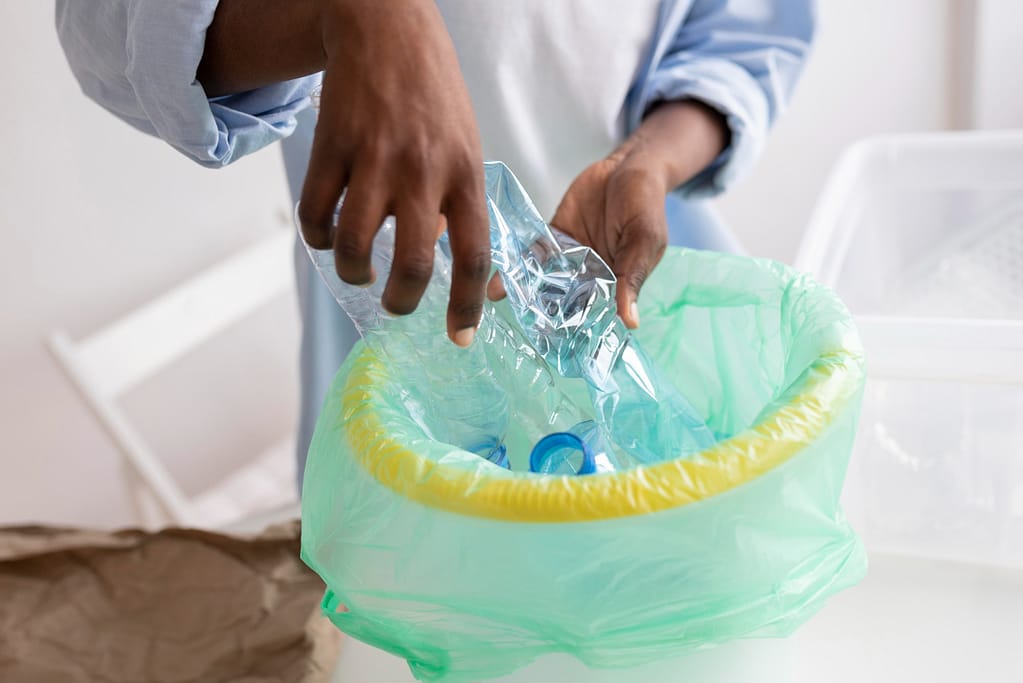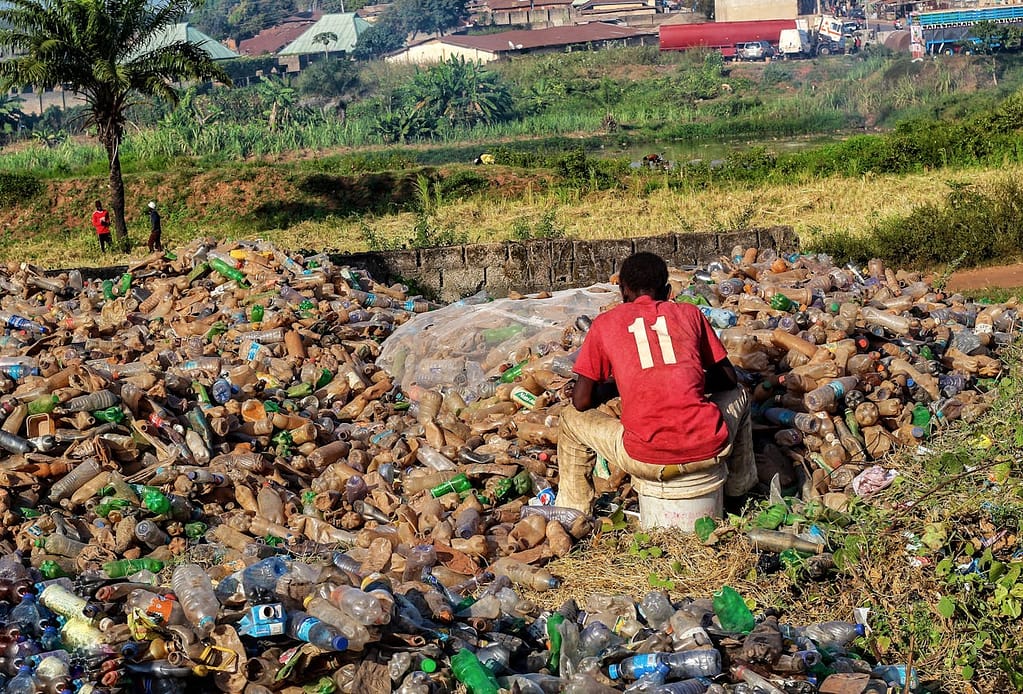In a world where we often take our everyday conveniences for granted, it turns out that the very materials we use daily, plastics, might be playing a devious role in thwarting the dreams of fatherhood for many men worldwide.
Research suggests that certain chemicals found in plastics, like phthalates and bisphenol A (BPA), are not just harmless additives. Instead, they may be wreaking havoc on male fertility, potentially reducing sperm quality and quantity. So, while you’re busy sipping your drink from that trendy plastic bottle or munching ugali and matumbo in a plastic container, remember that you might be unintentionally putting your paternal aspirations on the back burner.
Scientists are increasingly linking this predicament to a relationship between climate change, environmental toxins, and declining male fertility. They predict that sperm counts worldwide could fall to near-zero levels by 2045, meaning that the implications of plastics, chemicals, and fertility are not just a matter of personal concern but a pressing issue for the survival of humanity itself.

The scientific interest in assessing reproductive risk from contaminants is of particular concern in light of the reproductive emergency, especially in males, particularly in areas where the environmental pressure is highest.
A study published in “Science Direct” journal states: “Male reproductive system appears particularly susceptible to pollutants… Environmental pollutants, such as heavy metals are playing an effective role in the decline of sperm quality in humans, even if the exact mechanisms of action are not clearly understood. Although the root cause of this worrying decline in fertility has not yet been pinpointed, evidence from ongoing animal studies shows that microplastics represent a potentially critical threat to reproduction.”
While researchers have yet to reach a definitive conclusion, they propose that environmental changes, worsened by climate change and exposure to pollutants and endocrine-disrupting chemicals, are key players in this alarming decline. The main suspects for the decline in male fertility are microplastics and nanoplastics that pose a serious threat not only to the environment but also to human health.
Microplastics are everywhere in oceans, rivers, groundwater, sediments, soil, sewage, and even the very air we breathe. They are the unwelcome guests at the party of life, generated by the breakdown of larger plastic products and have been detected in various human tissues, including the liver, spleen, milk, lungs, placenta, urine, and semen.
Microplastics can break down even further into nanoscale sizes, demonstrating similar characteristics and biological effects. However, nanoplastics’ diminutive dimensions grant them a sneaky advantage of exhibiting greater biological mobility and bioavailability. This means they can slip through biological membranes with ease, acting as a transport medium for hazardous substances often used as additives in plastic production.

Micro and nano-plastics sneak into human bodies through ingestion, inhalation, or even skin absorption from personal care products and cosmetics.
According to the Plastic Pollution Coalition (PPC), the accumulation of microplastics in men’s testicles is alarmingly high, ranking among the most significant concentrations found in any human body part, just second to the brain.
In a recent study commissioned by PPC, researchers discovered microplastics lurking in every single testis they analyzed. The most prevalent was Polyethylene, the notorious plastic that’s a staple in single-use bags and bottles. Hot on its heels was polyvinyl chloride (PVC), a versatile plastic found in everything from food packaging to car interiors and even building materials like water pipes.
The findings showed that higher concentrations of certain microplastics, especially PVC, correlated with reduced sperm counts and diminished testis weight. Smaller testicles can lead to a dip in sperm production, which could spell trouble for fertility. Experts are also raising eyebrows over a potential link between microplastics and erectile dysfunction in men.

Despite these grim findings, experts say there are ways to decrease our exposure to harmful micro- and nanoplastics and the common additives that amplify their effects. One of the recommendations is to pay special attention to the ingredient lists for contaminants such as Phthalates that are typically found in items like cosmetics and hair care products.
To avoid Bisphenol A (BPA), a chemical used to manufacture certain plastics and epoxy resins common in food storage containers and water bottles, it is recommended to avoid plastic bottles in favor of glass or stainless-steel bottles.
They also recommend avoiding wearing fast fashion, as these garments are comprised of synthetic textiles made from plastics like nylon and polyester. Also, avoid food wrapped in plastic, and never eat food cooked in the microwave inside plastic containers, even if it says they are microwave safe, as they leak plastic chemicals into your food, and then into you.
So, gentlemen, let’s get serious about cleaning up our act—because the future of fatherhood may depend on it! Let’s raise a toast, preferably in a non-plastic glass, to healthier choices and a brighter future for aspiring dads everywhere!




